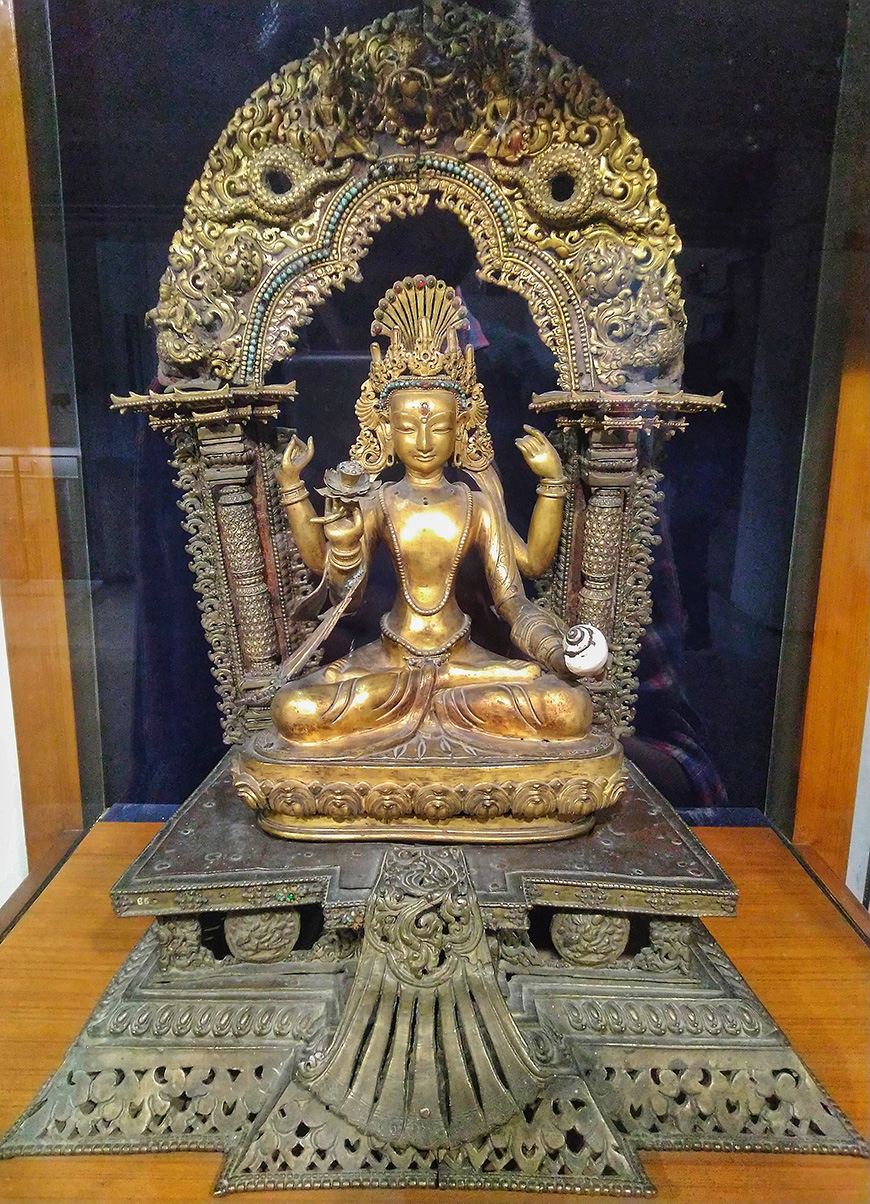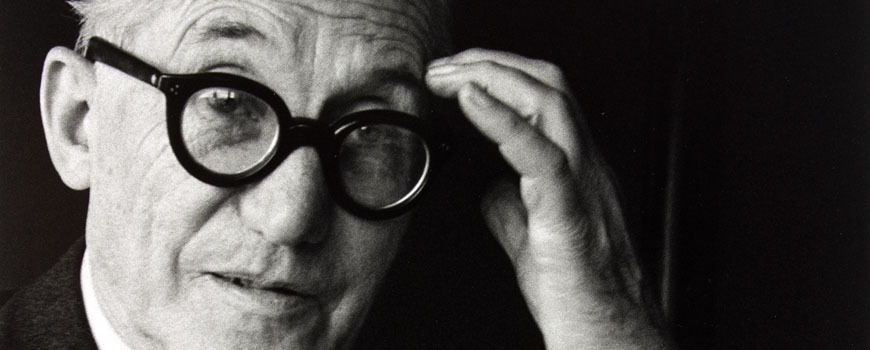Government Museum & City Museum, Chandigarh – Le Corbusier
Punjab, India
How our readers rate this museum (you can vote)

The Government Museum & Art Gallery and the City Museum are two adjacent State-owned museums in Chandigarh, the capital city of Punjab, India; both museums were designed by the celebrated architect Le Corbusier.
Above: the Government Museum in Chandigarh by Le Corbusier, photo Sanyam Bahga via Wikimedia Commons (CC BY-SA 3.0).
History and architecture
Completed in 1952, the buildings that currently house the two museums were part of a Master Plan and a larger urban development Le Corbusier designed for the city of Chandigarh which, in 1947, had become the capital of the Indian states of Haryana and Punjab after the partition of the British Indian Empire into India and Pakistan, and the passage of Lahore, the old capital of the British Province of Punjab, to Pakistan.
In the same period, Le Corbusier designed a museum similar to the Chandigarh one in another Indian city, Ahmedabad.
Along with the museums, Le Corbusier’s buildings in Chandigarh include the Palace of Assembly, the High Court of Justice, and the Secretariat building – which together form the Capitol Complex – various administrative buildings, the colleges of art and architecture, and some private houses.
The design of the Government Museum in Chandigarh is very similar to that of the museum in Ahmedabad; both have a square plan based on a 23 by 23 feet grid system, a structure composed of reinforced concrete beams, thin round columns, and brick facades.
The building has three floors, connected by a pedestrian ramp, a service staircase, and a freight elevator.
The ground floor accommodates the entrance lobby, the collection storage, a conservation laboratory, a temporary exhibition space, and an auditorium. The first floor houses the permanent exhibition galleries. The second floor accommodates staff offices, meeting spaces, and a library.
Daylight enters the building through a series of openings, located just under the roof slab and equipped with louvers designed to avoid excessive illumination levels on the artworks in the galleries.
As in the museum in Ahmedabad, rainwater collected by the flat roof is stored in an array of pools.
An exterior view of the Government Museum, photo Aleksandr Zykov via Flickr (CC BY-SA 2.0).
The buildings of the City Museum (left) and the Government Museum (right); photo KatariaRhythm via Wikimedia Commons (CC BY-SA 4.0).
Accessible through a long ramp, the City Museum (recently renamed Architecture Museum) is currently housed in a small concrete building, also conceived by Le Corbusier, adjacent to the Government Museum and very similar in shape and size to the last building designed by the Swiss-French architect, the Heidi Weber Museum, completed in 1967 in Zurich, Switzerland.
The building of the former City Museum, now Architecture Museum, photo Aleksandr Zykov via Flickr (CC BY-SA 2.0).
The small bar on top of the Architecture Museum; photo Aleksandr Zykov via Flickr (CC BY-SA 2.0).
Government Museum & Art Gallery
Established in 1968, the Government Museum & Art Gallery holds a permanent collection chiefly focused on fine and decorative arts from the Indian subcontinent. Amounting to about 10,000 pieces, the collection is divided into nine sections: Gandhara sculpture, Ancient Indian sculpture, Indian Miniature Painting, Medieval Indian Sculpture, Metal Sculpture, Epigraphy, and Numismatics, Decorative Art, Textiles, and Contemporary Indian Art.
Notable works part of the collection include the schist stone sculpture of demoness Hariti (2nd century A.D.), the Sikandar Nama Rumal shawl (1852), 10 decorated Laur Chanda poem folios (16th century A.D.), the Gita Govinda gouache on paper set (1730), and the Nepalese wooden statue of Buddhist God Manjushri (15th-16th century A.D.), among many others.
The museum – which includes a 180-seat auditorium, a reference library, a cafeteria, and a gift shop – organizes temporary exhibitions, seminars, educational programs, special events, and traveling exhibitions.
An interior view of the Government Museum; photo Aleksandr Zykov via Flickr (CC BY-SA 2.0).
A statue of Vishnu, gilded bronze, 16th century, collection of the Government Museum, Chandigarh; photo Deepank Ranka (CC BY 3.0)
City Museum
Opened in 1997 and also known as Chandigarh Architecture Museum, the City Museum presents Chandigarh’s history and urban development utilizing original drawings and sketches, architectural models, historical documents, and photographs.
copyright Inexhibit 2025 - ISSN: 2283-5474


 (5 votes, average: 4.20 out of 5)
(5 votes, average: 4.20 out of 5)






